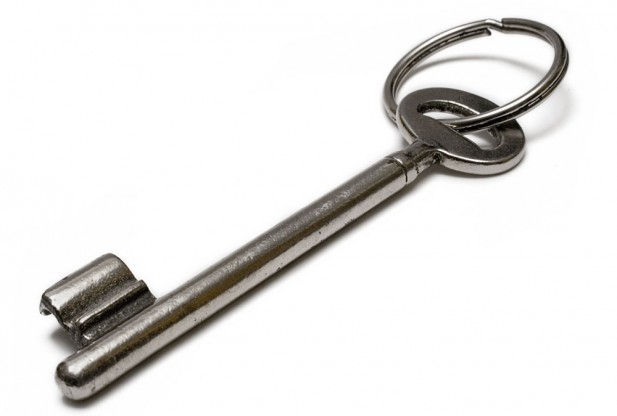How to Make a Bump Key for a Master Lock

Bump key is an instrument which can be made from a simple house key to help you unlock locks in emergency situations. For example, to help you in case you lock yourself out of your own home. They have been in use for more than 3 decades. They are available easily in the market, and can be purchased online as well, but why spend money on something that you can easily make at home in your spare time.
The bump key can work for most lock types such as those normally found in the front door of homes.
Instructions
-
1
Inspect your old house key, and find out how many internal pins do the door lock has. The easier way is to research the make and model of the lock used in the door online and find out the detailed pin configurations. You can also use a magnifying glass to count the number of grooves in the teeth of the key, or try inserting the key slowly in the lock hole. You will hear a separate tick for each pin of the lock.
-
2
Determine the distance between pins by measuring the length of the key’s total operational length and dividing it by the number of pins. Sometimes, the difference between the pins may vary, while in some locks they are placed at a uniform distance from each other. Locate the slot at the back length of the key. Near this slot is the deepest groove in which the lock’s pins can reside, mark this point and draw a straight line to the bottom of the key.
-
3
File the edges of the teeth of key until they are level with the lines you have drawn. This will generate small metal waste sheets that need to be cleaned and disposed of properly, as they are a health hazard for small children. Your key will now have equal spaces between the pins and the first tooth of the bust key should begin at the end of the key. Use a sand paper to clean the key, and apply a lubricant over it. Clean it with a soft cotton cloth and start practising right away.
-
4
With proper technique you may be able to open any lock with the master key. Insert 3/4 portions of the key in the lock and insert mild pressure on the lock as if to close the lock. There is no need to apply excessive force if it is not opening, after all it’s a bust key, it is not to suppose to open each and every lock there is.







